Rome Open: History, Legends and Clay
As one of the pinnacle events of the European clay season, the Rome Open is not only the most important warm-up tournament before the French Open, but also an irreplaceable classic in the hearts of tennis fans around the world because of its profound historical heritage, unique venue atmosphere and frequent "upset" phenomenon. From the construction of the court in the Mussolini era to the duel between Nadal and Djokovic, from the breakthrough of Li Na of China's golden flower to the legend of the dark horse on the clay court, the Rome Open has written a tennis epic in nearly 100 years.
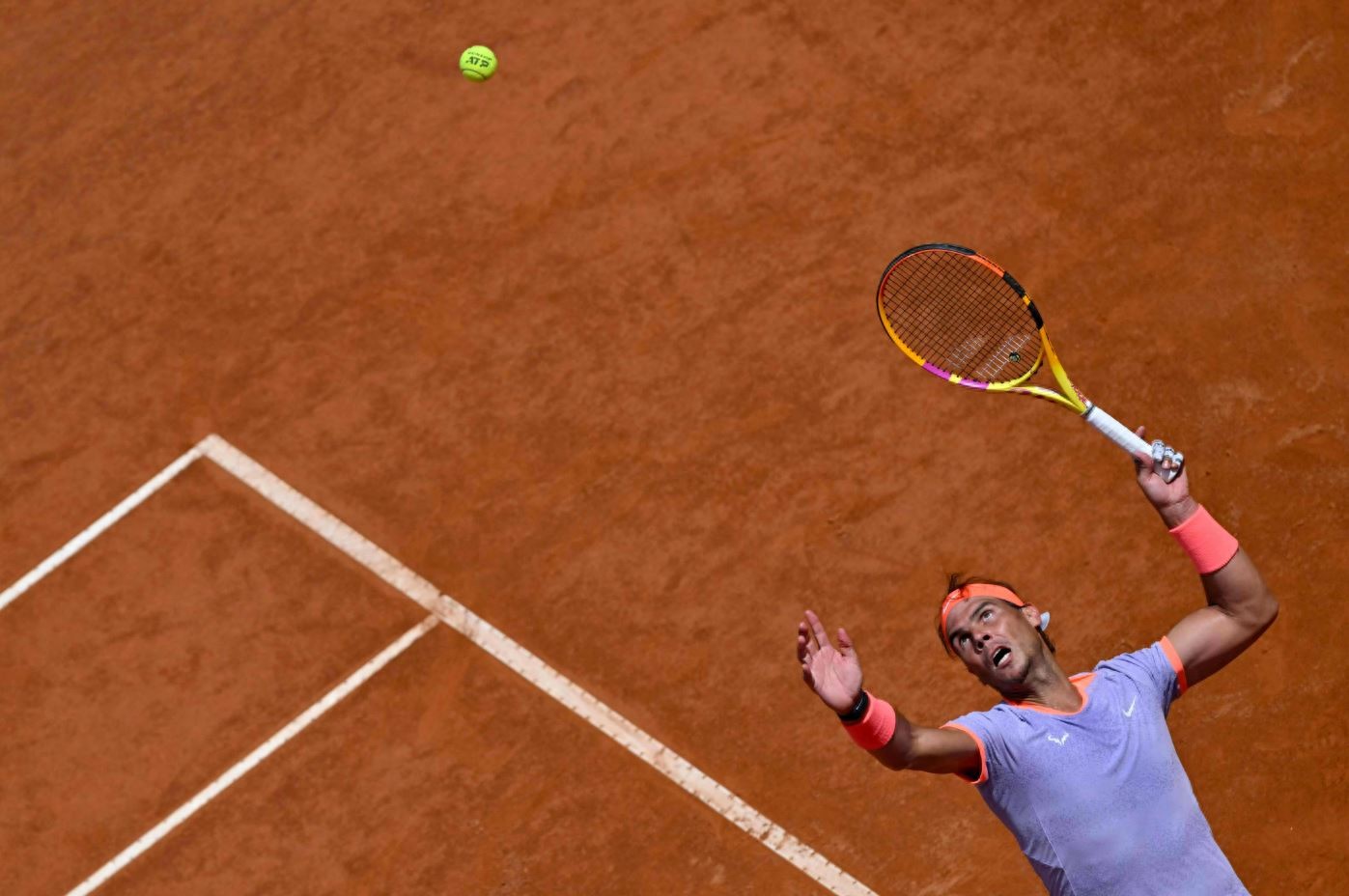
The history of the Rome Open dates back to 1930, when it was originally held in Milan, the fashion capital of Italy, before moving to Rome in 1935. However, due to World War II, the event was suspended from 1936 to 1949 and was not restarted until 1950. The birth of the tournament is closely related to the Italian fascist leader Benito Mussolini, who ordered the construction of the "Foro Italico" sports center on the banks of the Tiber River in the north of Rome, and its iconic marble sculptures and Roman Forum-style design remain the most distinctive visual symbols of the tournament to this day.
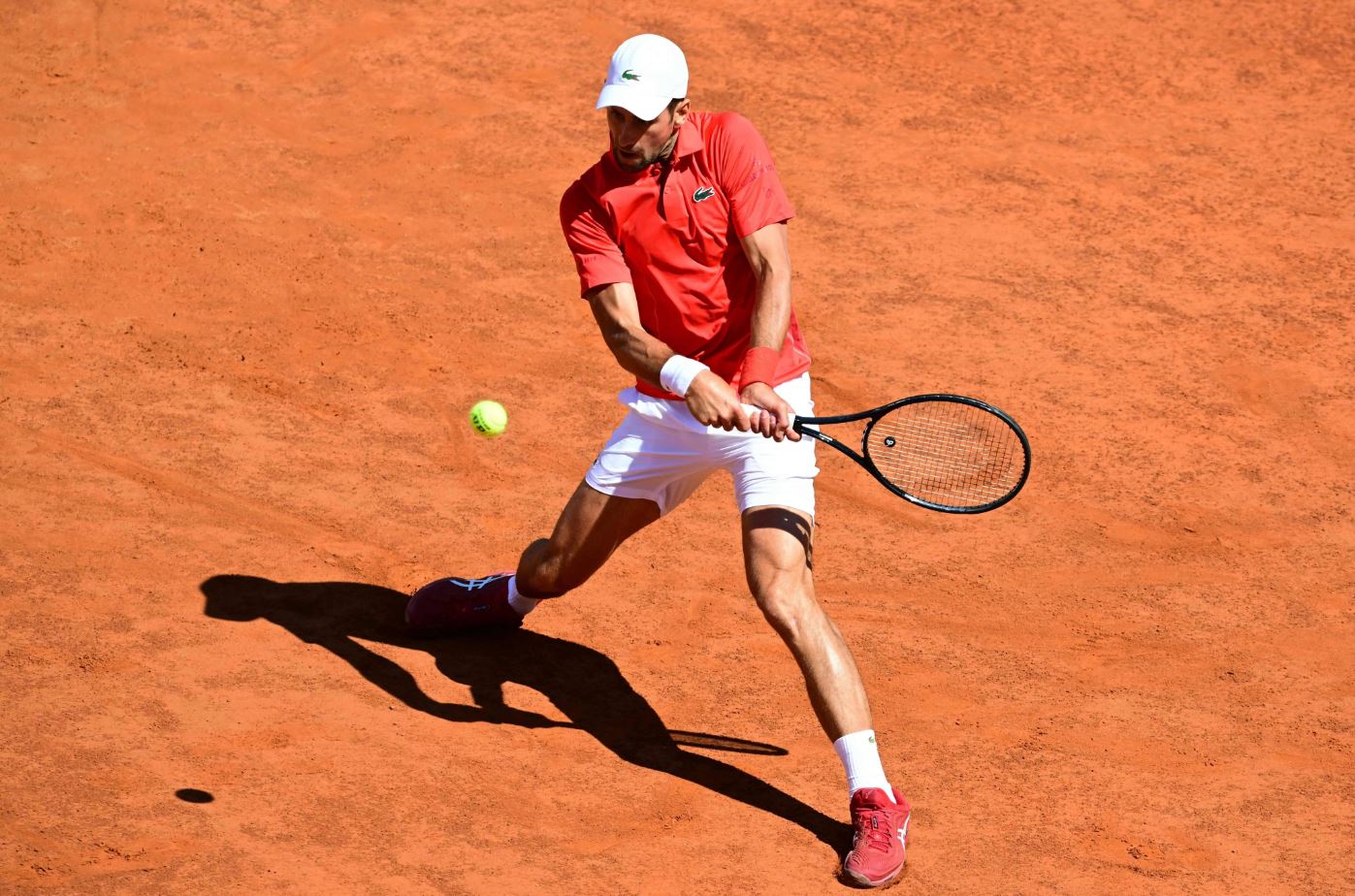
The early glory of the tournament was kicked off by American legend Bill Tyden, who became the first men's singles champion in 1930. Since then, Laver, Lendl, Sampras and other famous players have reached the top here. In the 90s of the 20th century, Austria's Thomas Muster became an iconic figure before Nadal, the "King of Clay", with three victories (1990, 1995, 1996). In the 21st century, Nadal made history with ten crowns (2005-2021) and Djokovic followed with six crowns (2008-2022), and the rivalry between the two became a clay classic.
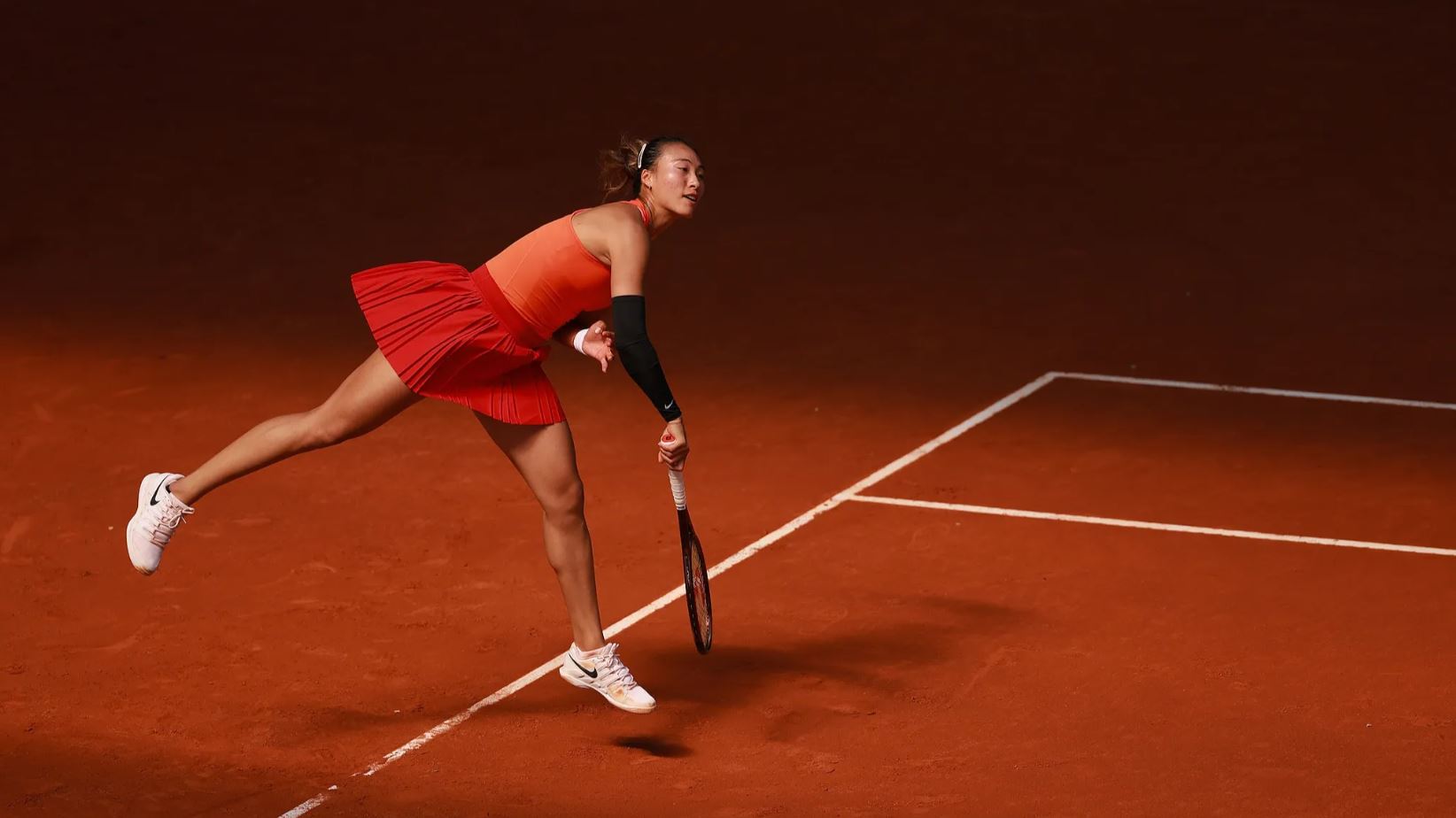
The nature of the Rome Open makes it a "hotbed of underdogs". Its laterite is made from a special material of the Italian brand Cremonini, which is a mixture of volcanic ash, natural ore and clay, which both moisturizes when dry and drains quickly on rainy days. This kind of venue has extremely high requirements for the physical fitness, tactical adjustment ability and psychological quality of the players, and can often close the technical gap between the top players and the midstream players, and promote the occurrence of upsets.
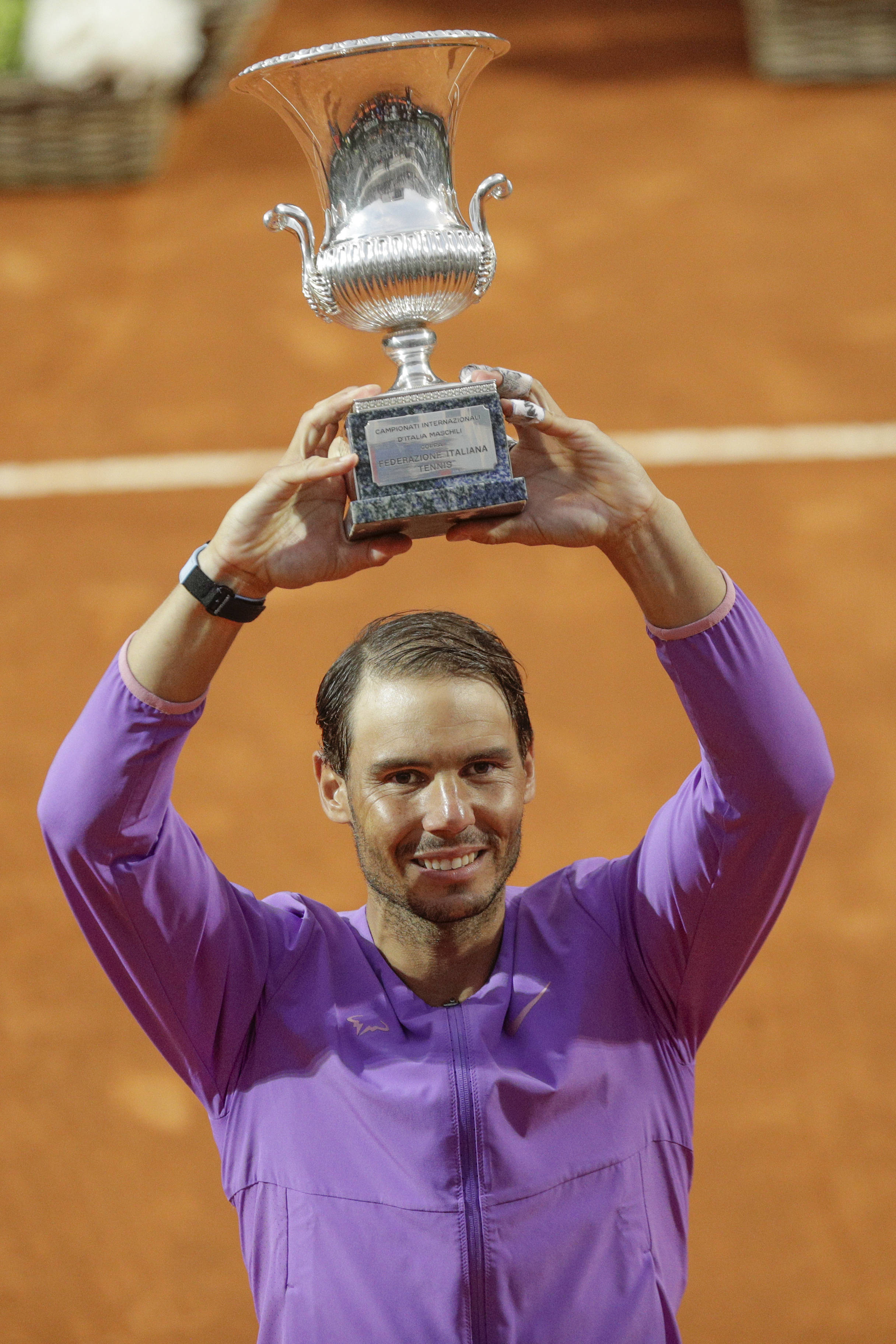
In 2010, Spain's María José Martínez Sanchez won the Women's Singles title as an unseeded player, becoming one of the classic dark horses in the history of the tournament. In addition, Rome has seen the emergence of new stars such as Dimitrov and Jannowitz, who have beaten high-ranking players here to show the "equal" nature of clay.
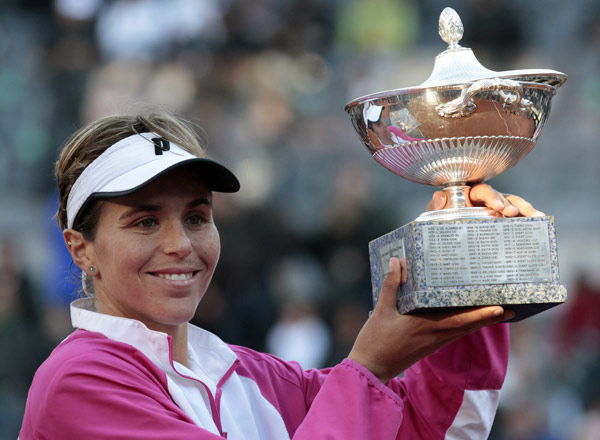
The close association between the Rome Open and the French Open has led to it being called the "French Open weather vane". Both use similar clay materials, and with Rome close to the French Open, players are often seen as a preview of the French Open's prospects. For example, Nadal's 10 titles in Rome echoed 14 at the French Open, and Zverev's victory in Rome in 2024 followed by Nadal's first round at the French Open further underscores the strategic connection between the two tournaments.

The slow and bouncing nature of clay requires players to have a lot of stamina and the ability to hold multiple shots. The layout of the Rome tournament, such as the retractable roof of the Centre Court and the sunken court 2, also mimics the climate and changes of the court at the French Open, providing an excellent environment for players to adapt to training.
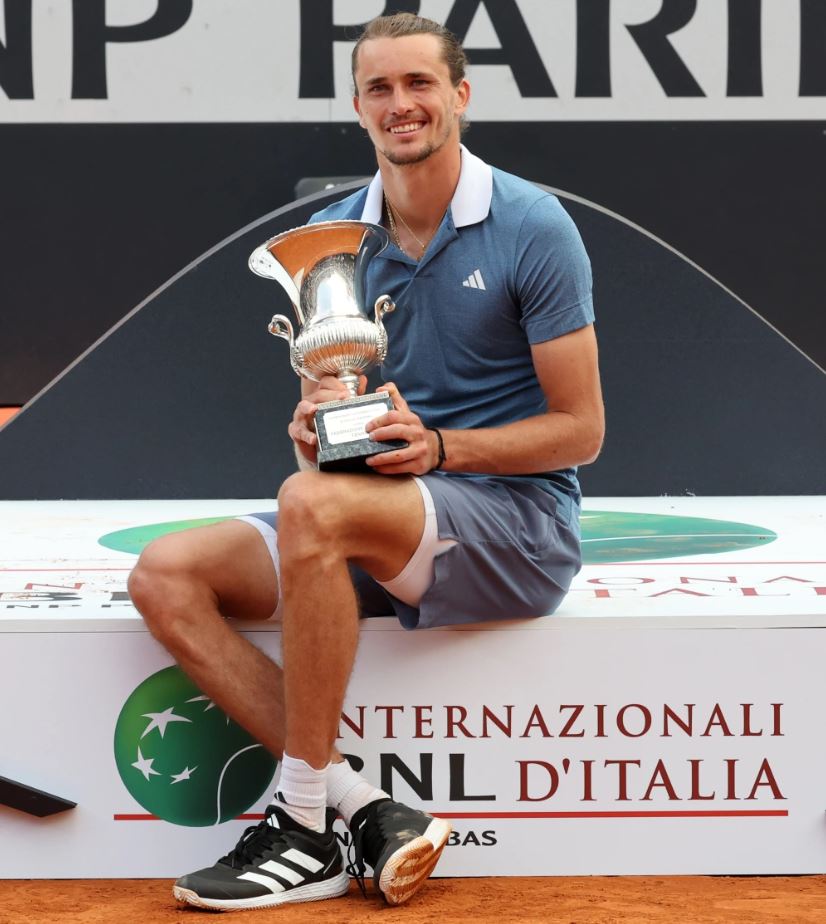
For Chinese fans, the most memorable moment of the Rome Open was when Li Na broke a six-game losing streak against "nemesis" Stosur in 2014. Previously, Li Na and Stosur had lost all six meetings, and Stosur's heavy serve and topspin style naturally suppressed Li Na's flat play. However, in the third round of that year, Li Na swept her opponent 6-3 6-1, winning eight games in a row in the match, completely reversing her previous psychological disadvantage with precise landing control and backhand suppression. The victory not only helped her advance to the quarterfinals, but also became a turning point in her career, instilling confidence in her subsequent journey to the French Open.
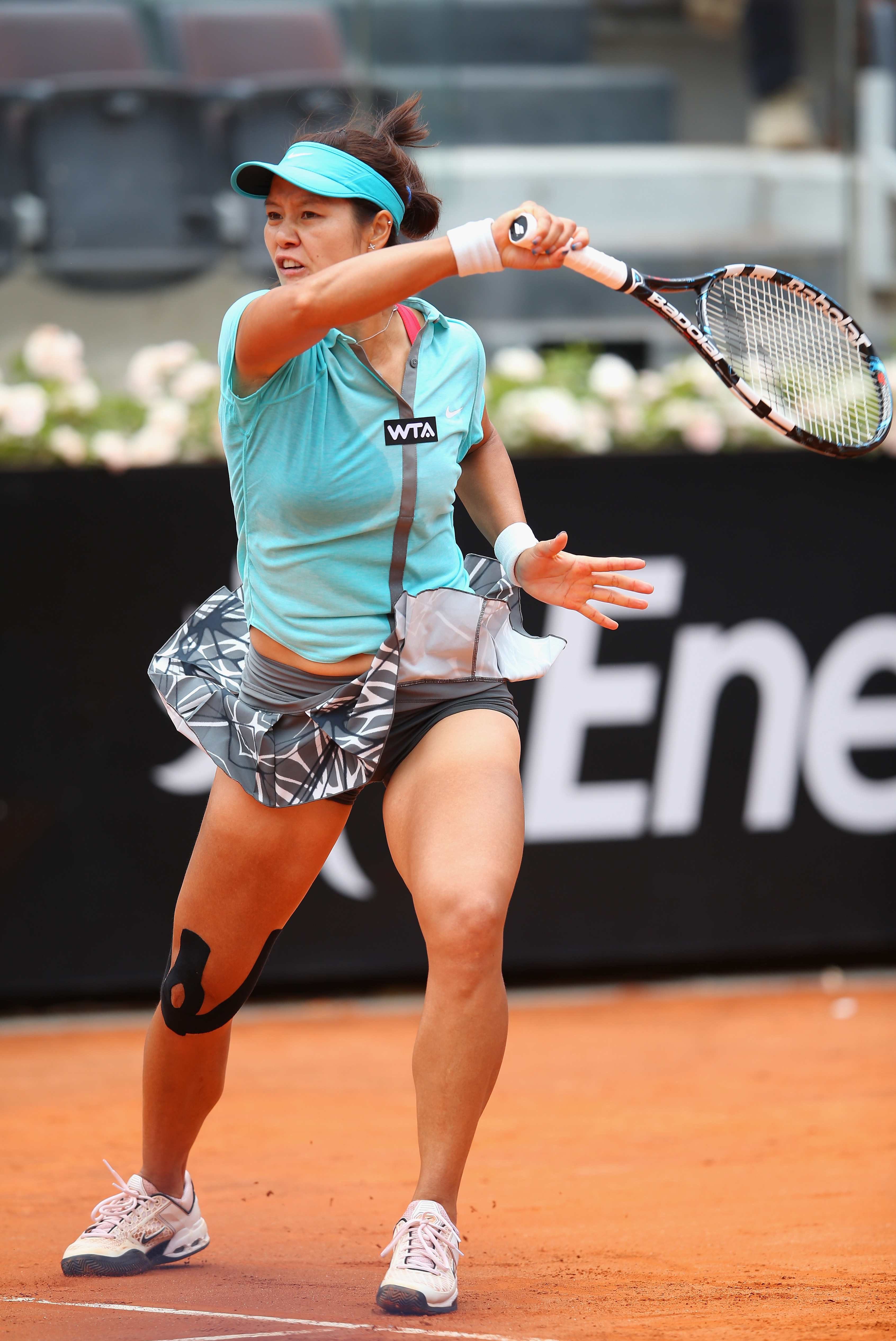
The charm of the Rome Open lies in the blend of history and modernity, the balance of competition and art. From the white gravel road of Mussolini's era to the red battlefield of Nadal's racket, from the passion of the dark horse to the tenacity of Li Na to break through the cocoon, this tournament is both a testing ground for clay skills and a witness to tennis legends. Just like the city of Rome itself, it is not only the "Eternal City", but also the eternal red clay mecca in the hearts of tennis fans. Every May, when the pine trees on the banks of the Tiber River sway in the wind and the rome of the Rome Open is heard again, the eyes of the world tennis world are focused on this, waiting for the next legend to be born.(Source: Tennis Home Author: Xiaodi)







 Links
Links
 Contact
Contact
 App
App


